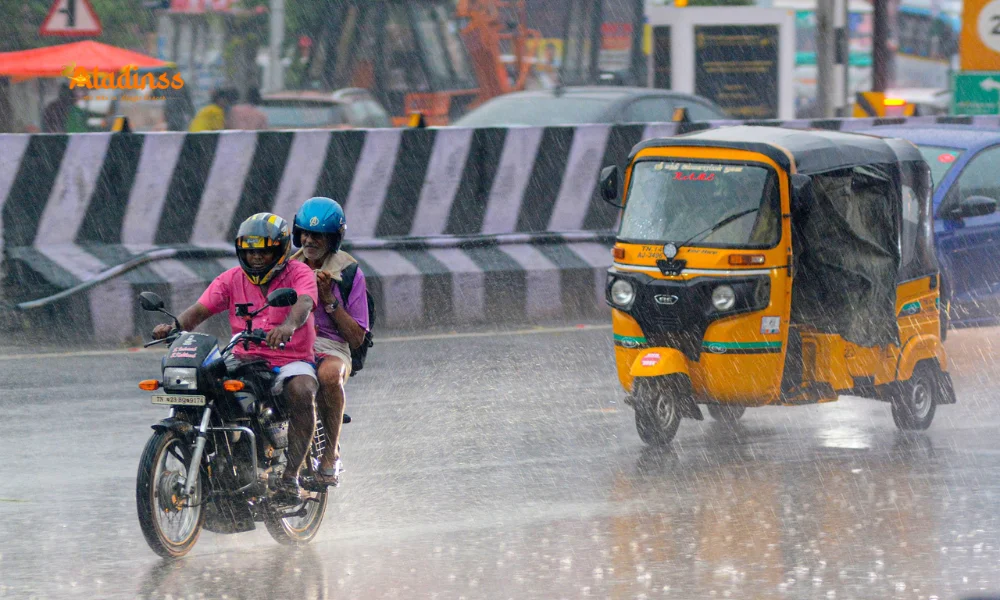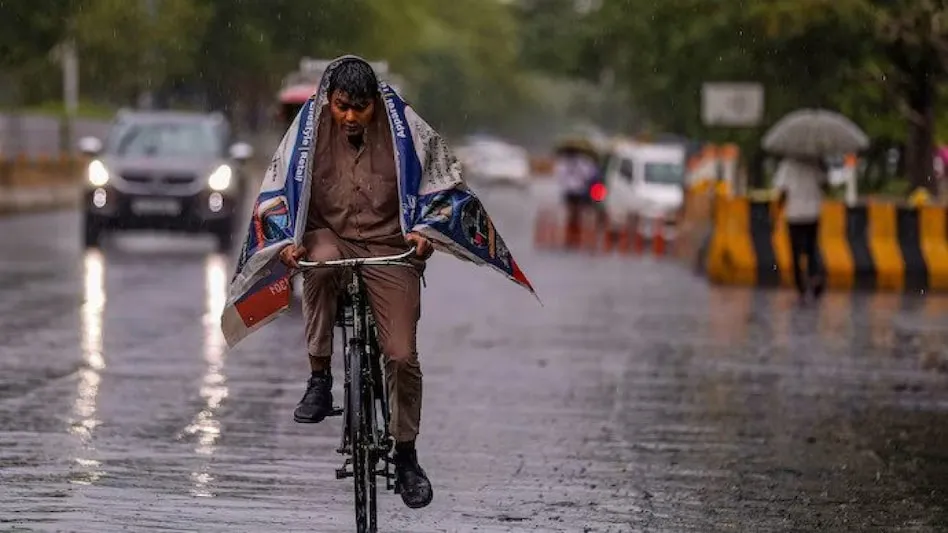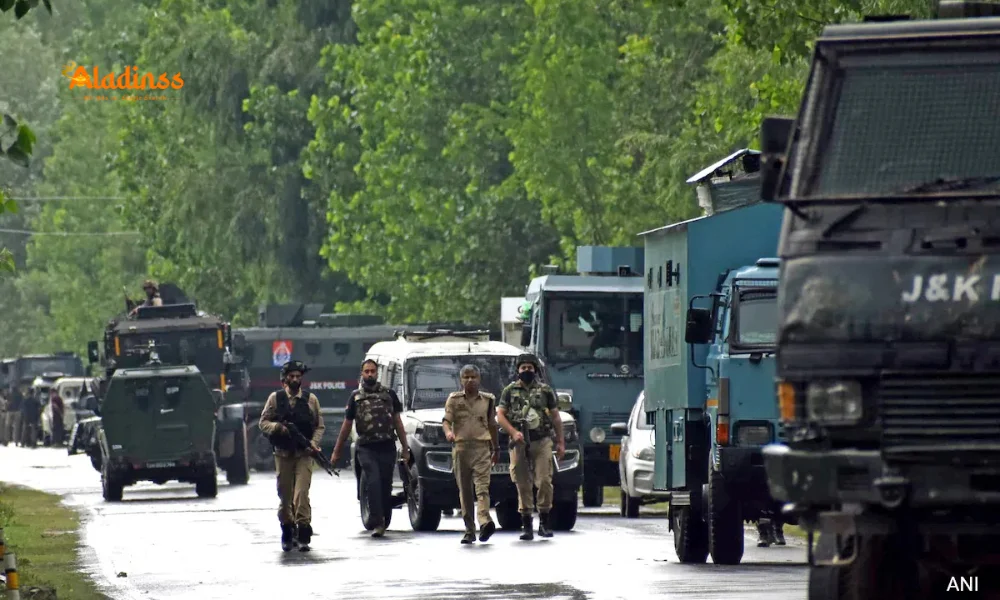Tamil Nadu Heavy Rain Alert Today

Tamil Nadu Rain Alert: Heavy Downpours Forecast in 4 Districts Today Amid Monsoon Revival
As Tamil Nadu braces for an unexpected resurgence of monsoon activity on October 14, 2025, the Regional Meteorological Centre (RMC) in Chennai has issued a yellow alert for heavy rainfall across four key districts, signaling potential disruptions to daily life and travel. The forecast highlights isolated intense showers in the ghat sections of Coimbatore, Nilgiris, Theni, and Tenkasi, driven by a low-pressure system over the Bay of Bengal that could swell rivers and trigger landslides in vulnerable hilly terrains. This Tamil Nadu rain alert comes at a critical juncture, just weeks before the northeast monsoon's official onset, underscoring the state's perennial dance with erratic weather patterns that blend relief for parched farmlands with risks for urban commuters.
The IMD's bulletin, released early Tuesday, predicts 7-11 cm of rain in one or two spots within these areas, with squalls possibly accompanying thunder. For Chennai, expect a mix of part-cloudy skies and intermittent light to moderate spells, interspersed with gusty winds up to 40 kmph-ideal for indoor Diwali prep but a caution for evening outings. Temperatures will hover comfortably between 25-26°C lows and 32°C highs, offering a respite from recent humid spells without extreme heat advisories.
Fisherfolk receive a green light, with no rough seas warnings, allowing coastal communities to maintain routines. However, the broader outlook for Wednesday extends the deluge to ten coastal and southern districts-Tirunelveli, Kanyakumari, Thoothukudi, Ramanathapuram, Sivaganga, Pudukkottai, Thanjavur, Thiruvarur, Nagapattinam, and Mayiladuthurai-potentially easing water scarcity but heightening flood vigilance in low-lying zones.

IMD's Detailed Forecast: Districts on Yellow Alert and Weather Drivers
The IMD attributes this Tamil Nadu rain alert to a cyclonic circulation over the mid-Bay, funneling moisture-laden winds westward and triggering convective clouds over the Western Ghats. Coimbatore's Valparai and Pollachi taluks, Nilgiris' Ooty slopes, Theni's Cumbum valley, and Tenkasi's Courtallam falls stand most at risk, where orographic lift could amplify downpours to orange levels if intensities exceed forecasts. Historical parallels from October 2023's deluge- which submerged Coimbatore under 20 cm in hours-prompt preemptive evacuations in slide-prone hamlets.
Chennai's respite from heavy bouts limits threats to waterlogging in Porur and Tambaram, but thunder risks power flickers-residents are advised to secure loose items. The city's microclimate, moderated by Adyar and Cooum inflows, often tempers extremes, yet 2021's urban floods linger in collective memory, spurring civic drives for desilting.
Tomorrow's expansion to the southern seaboard signals a southward shift, with Kanyakumari's beaches and Thanjavur's deltas facing gusts up to 50 kmph. IMD's Doppler radars at Karaikal and Sriharikota will track evolutions hourly, feeding real-time updates via the IMD app and Tamil Nadu's disaster portal.
Also Read: TN Minister Warns Omni Buses on Diwali Fares
Safety Measures: Preparing for Heavy Rains in Tamil Nadu
District administrations in alerted zones activate blue-line operations, with Nilgiris' Nilgiri Mountain Railway suspending treks and Tenkasi closing waterfall trails. Coimbatore's corporation deploys 50 pumps at flood-prone bridges, while Theni's forest department radios trekkers to descend. Statewide, 200 NDRF personnel preposition in Madurai and Salem, ready for 24-hour responses.
Urban and Rural Precautions
In Chennai, civic teams clear stormwater drains in 500 subways, averting 2023-style inundations that paralyzed traffic. Rural advisories urge avoiding rivulets like Noyyal in Coimbatore, with early harvest calls for paddy farmers in Thanjavur to mitigate crop losses-last October's rains saved reservoirs but drowned 10,000 hectares.
- Avoid night drives on ghat roads; use hazard lights and chains if needed.
- Stock essentials: Torches, batteries, and dry rations for 48 hours.
- Monitor IMD's Tamil helpline 1800-XXX-XXXX for hourly bulletins.
- Farmers: Secure livestock in elevated sheds; check irrigation canals.
Schools in Nilgiris and Tenkasi opt for half-days, while IT corridors in Chennai prep remote shifts. Power utilities like TANGEDCO fortify grids against lightning, with outage apps for swift reports.
Economic and Agricultural Impacts
For agriculture, timely rains could replenish Vaigai and Amaravati dams by 20%, aiding rabi sowing in Theni. Yet, excess in Nilgiris risks tea bush erosion, prompting pluckers' cooperatives to prune proactively. Tourism dips in Ooty, with ropeway halts, but eco-resorts pivot to indoor heritage tours.
Broader Monsoon Context: From Deficit to Deluge
Tamil Nadu's 2025 southwest monsoon clocked a 15% shortfall, straining Chennai's reservoirs to 40% capacity and spiking groundwater extraction. This October spike, atypical for post-monsoon lulls, ties to La Niña's cooling Pacific, boosting Bay convection-IMD models a 60% chance of above-normal northeast flows from November.
Coastal districts like Nagapattinam eye fishery booms from nutrient upwellings, sans cyclone threats. Urban planners in Tirunelveli fortify bunds, learning from 2015's floods that displaced 5 lakh. Climate experts link intensified bursts to warming Arabian Seas, urging resilient infrastructure like permeable pavements.
As clouds gather over the Ghats, this Tamil Nadu rain alert blends boon and beware-recharging aquifers while whispering warnings of whimsy in nature's ledger.
Community resilience shines: Self-help groups in Theni distribute sandbags, while Chennai's RWAs coordinate puddle patrols. IMD's outreach vans blanket villages with radar visuals, demystifying Doppler for farmers.
Long-term, the alert spotlights adaptation needs-mangrove restorations in Pichavaram to buffer Pudukkottai surges, and AI forecasts for hyper-local warnings. As droplets herald renewal, Tamil Nadu readies, rooted in vigilance and valor.
Comment / Reply From
No comments yet. Be the first to comment!











